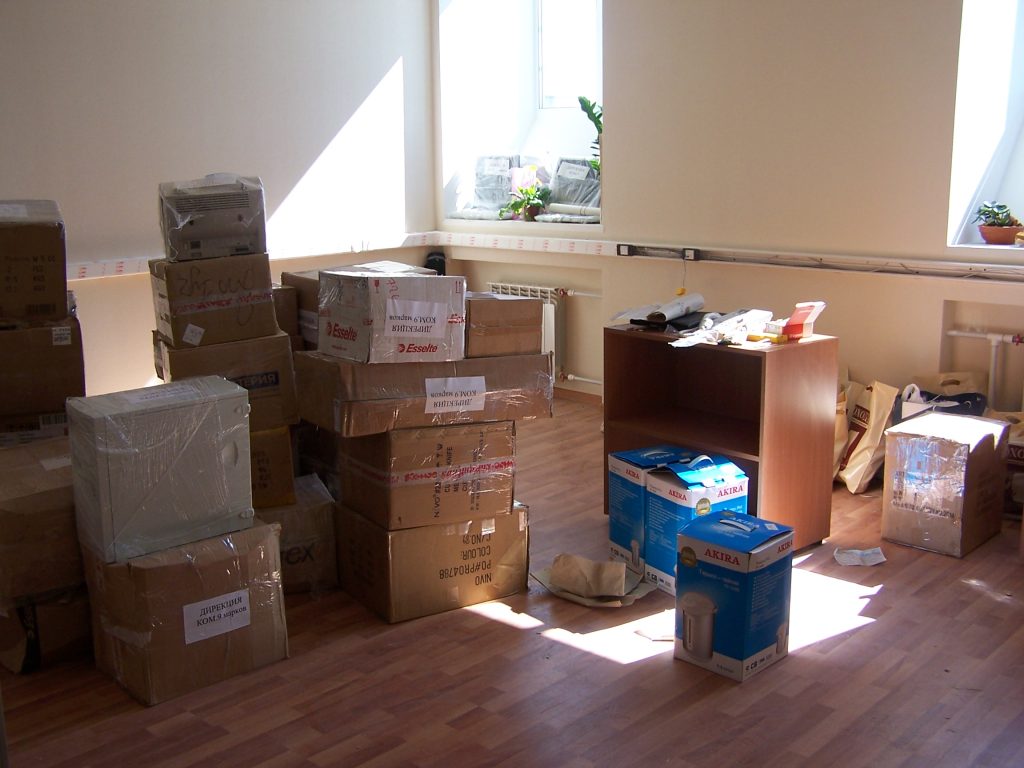Organizing a move in time seems easy, but when you pass from words to deeds, problems and unexpected events begin. In fact, behind every move there is no small amount of logistics: from the packing of the furniture and objects to be moved to their transport to their destination (and subsequent relocation) there are numerous operations to be faced and they all require a certain amount of time. The typical mistake is to underestimate this time and stay too tight, without considering that the unexpected is always around the corner (especially if you entrust the move to not exactly expert hands). How to do then to respect the defined timingand complete the move within the set deadlines? Based on our experience, it is advisable to put into practice some simple but effective strategies, useful for avoiding bad surprises, in the worst cases, negative economic consequences. Here are our 5 tips for organizing your move in time.
1) EVALUATE WHAT TO THROW/SELL AND WHAT TO KEEP

First of all, it is important to carefully evaluate whether it is worth moving everything (an unlikely scenario) or whether it makes more sense to get rid of some furniture. This is a choice of timing for an obvious, but sometimes forgotten reason: the fewer things there are to disassemble, pack and transport, the less time it takes to deal with the move. The solution to not get overwhelmed by events is to decide from time to time between furniture storage services, furniture modification or collection and sale of used items. Each of these can reduce workload and stress by optimizing the effective volume to be moved.
2) CHOOSE BETWEEN DIY OR PROFESSIONAL PACKAGING
Many customers think that do-it-yourself packaging is cheaper and therefore more advantageous than packaging carried out by the moving company, only to change their mind when they discover the cost of the boxes and the time required to find them. Arranging dozens of objects and any disassembled furniture inside special boxes (possibly reinforced) is a huge job, which takes up entire days, especially if you have no experience in the matter. When in doubt, it is better to delegate to those who do this job every day from morning to evening: in the face of a slight increase in the price, the timing will be more than significantly reduced.
3) CHECK THE FEEDBACK OF YOUR MOVER

The feedback, and therefore the reviews that the mover has received from customers, are an essential parameter for understanding whether or not the contact person we have identified is up to par. Moving companies that are late are subject to fierce criticism from customers, and this is because respecting deadlines is a point deeply felt by most people (a factor that depends on known variables, such as the deadlines of a rent, the delivery of new furniture, the need for a tidy house for work reasons, etc.). Our advice is therefore the same for everyone: read the reviews and understand if delays are or are not the order of the day.
4) ASSIGN EACH STEP A DATE NOT TO BE EXCEEDED
When you have figured out what to keep and what to throw away, when you have chosen the packaging and when you have checked the feedback from the moving company to contact, all you have to do is assign an expiration date to each step. Your calendar might look something like this, also in written list form:
- disassemble living room by March 12th
- dismantle chambers by March 13th
- disassemble the kitchen by March 14th
- pack furniture on March 15-16-17
- move by March 20th
Deadlines help to highlight the steps to take to get to the point without surprises and unforeseen events.







Leave a Reply